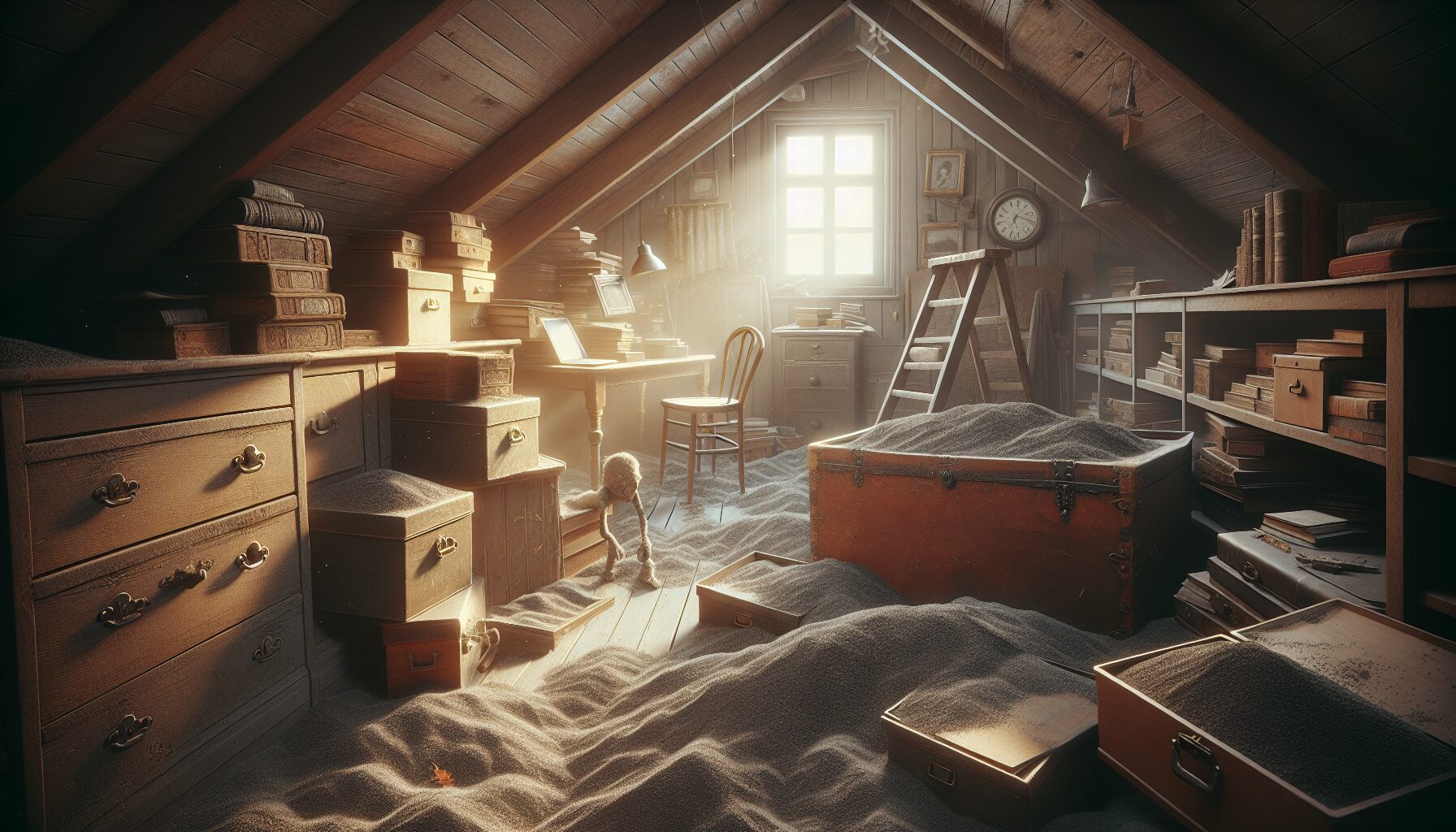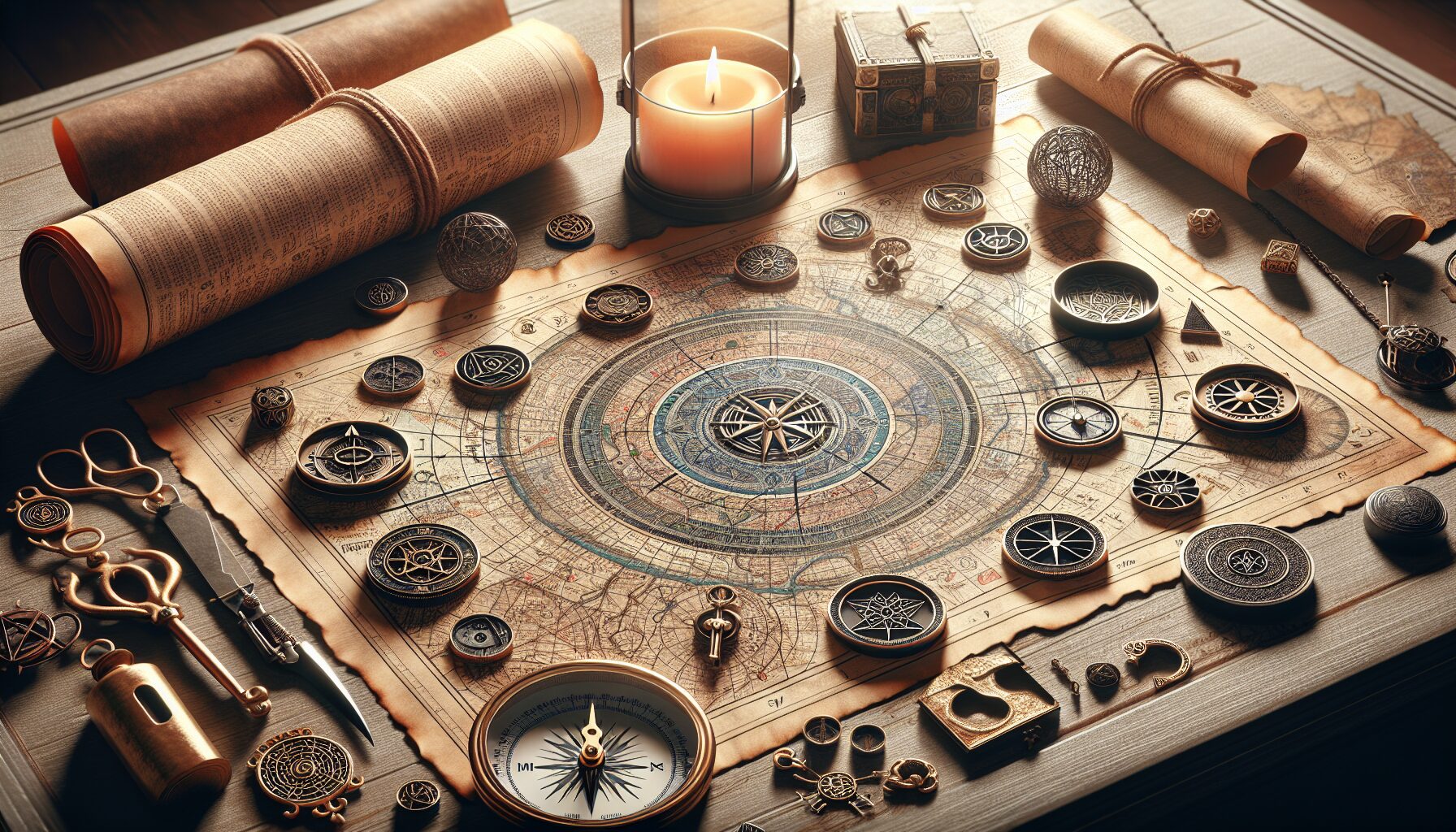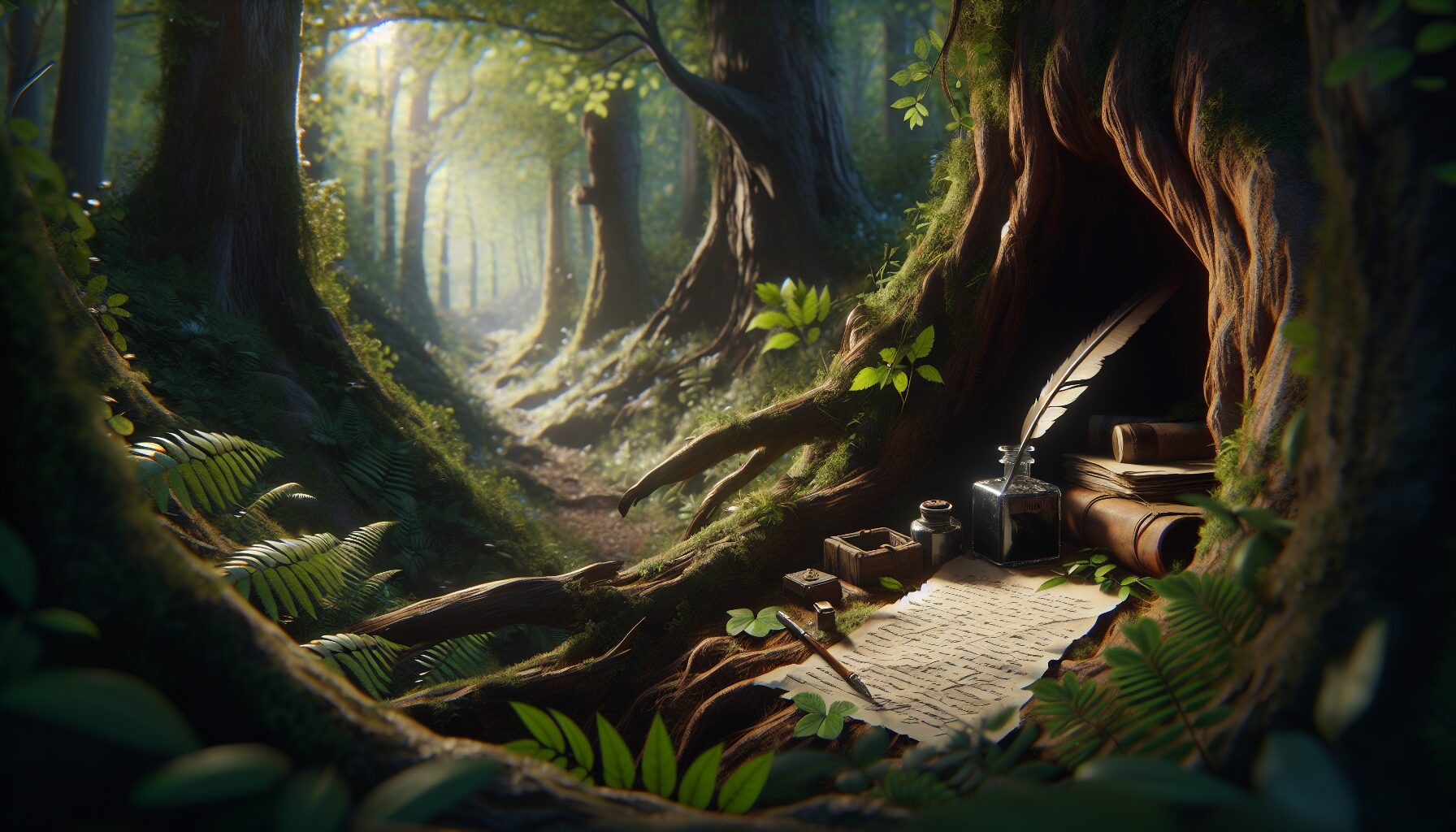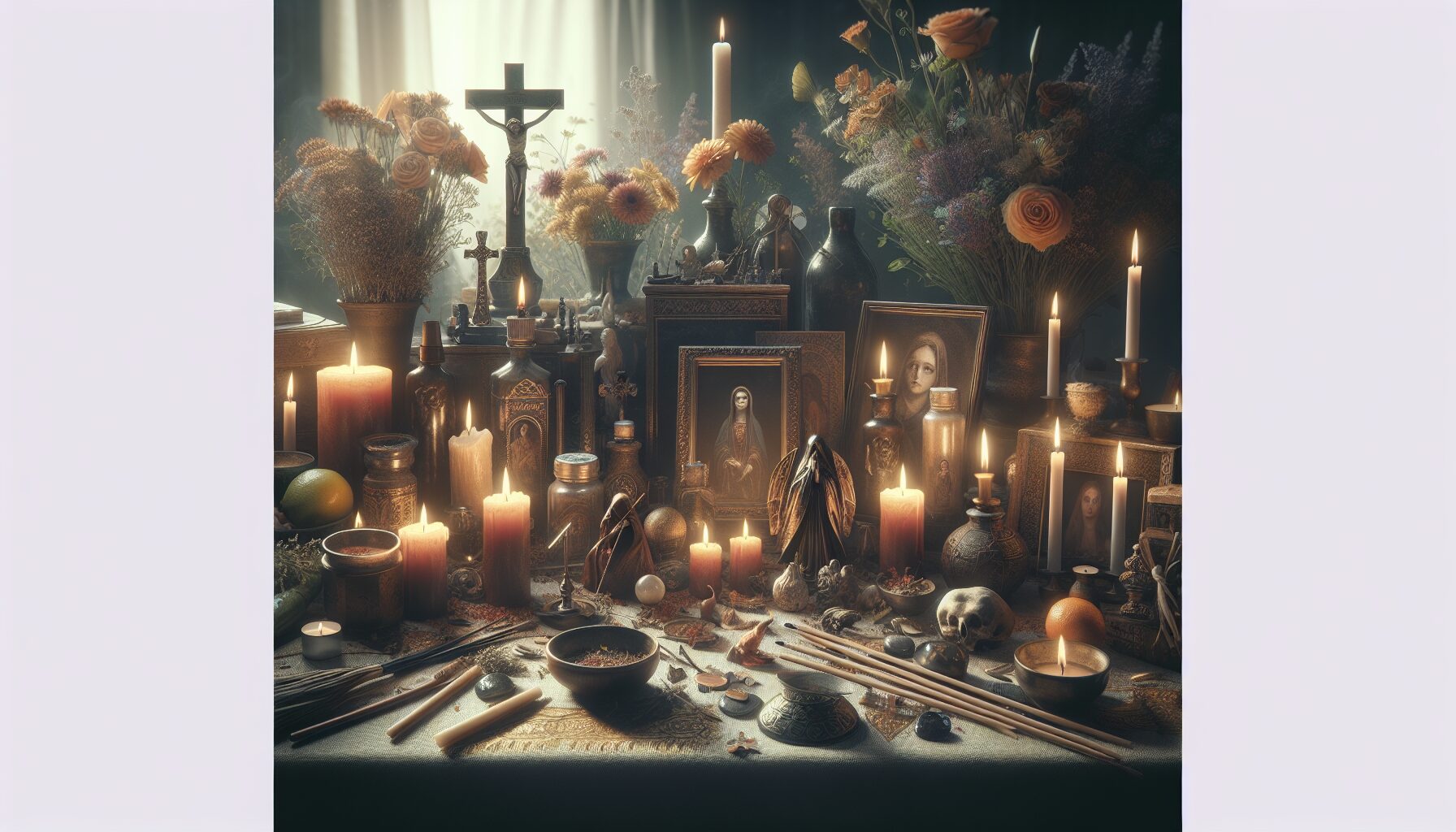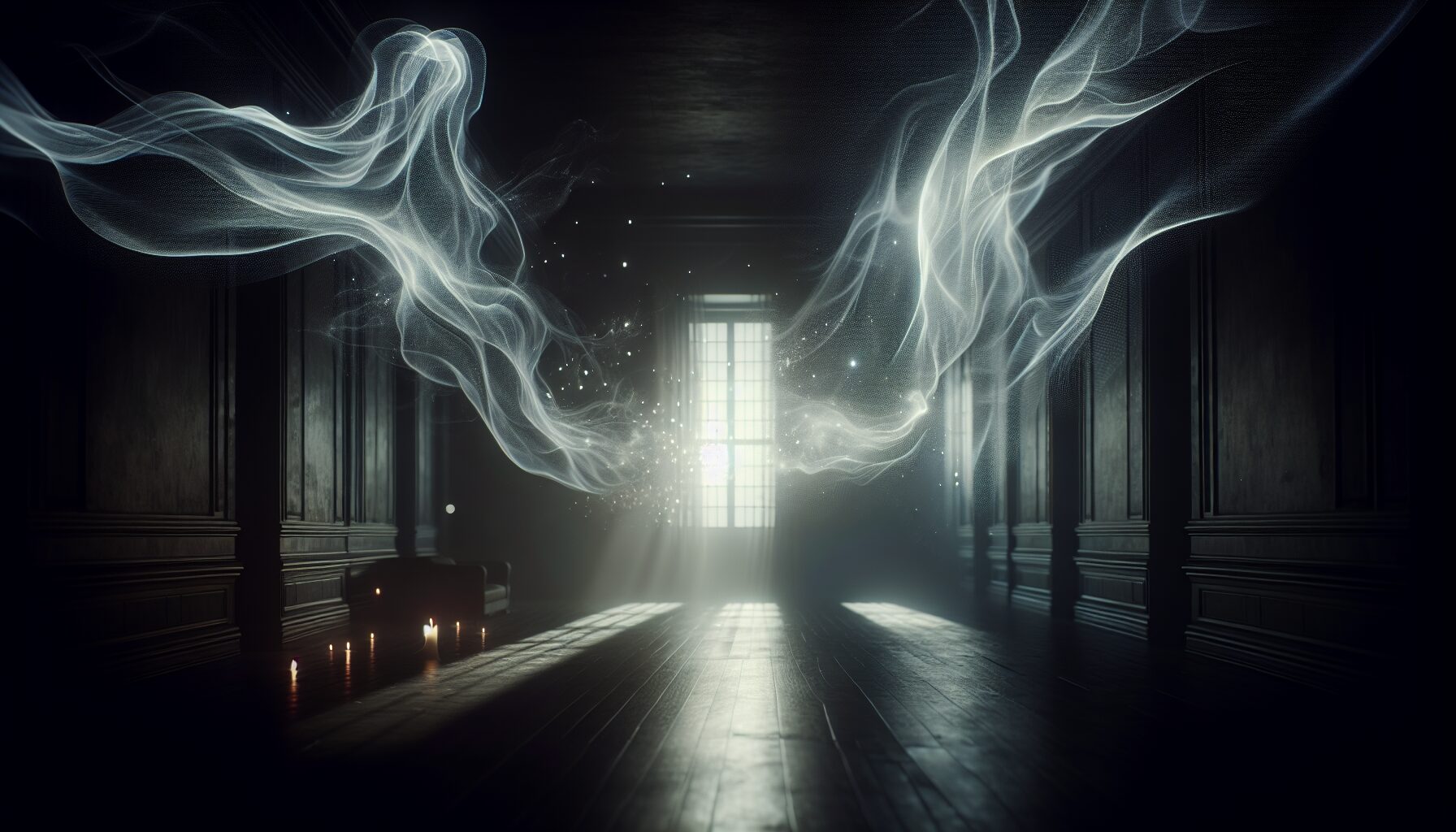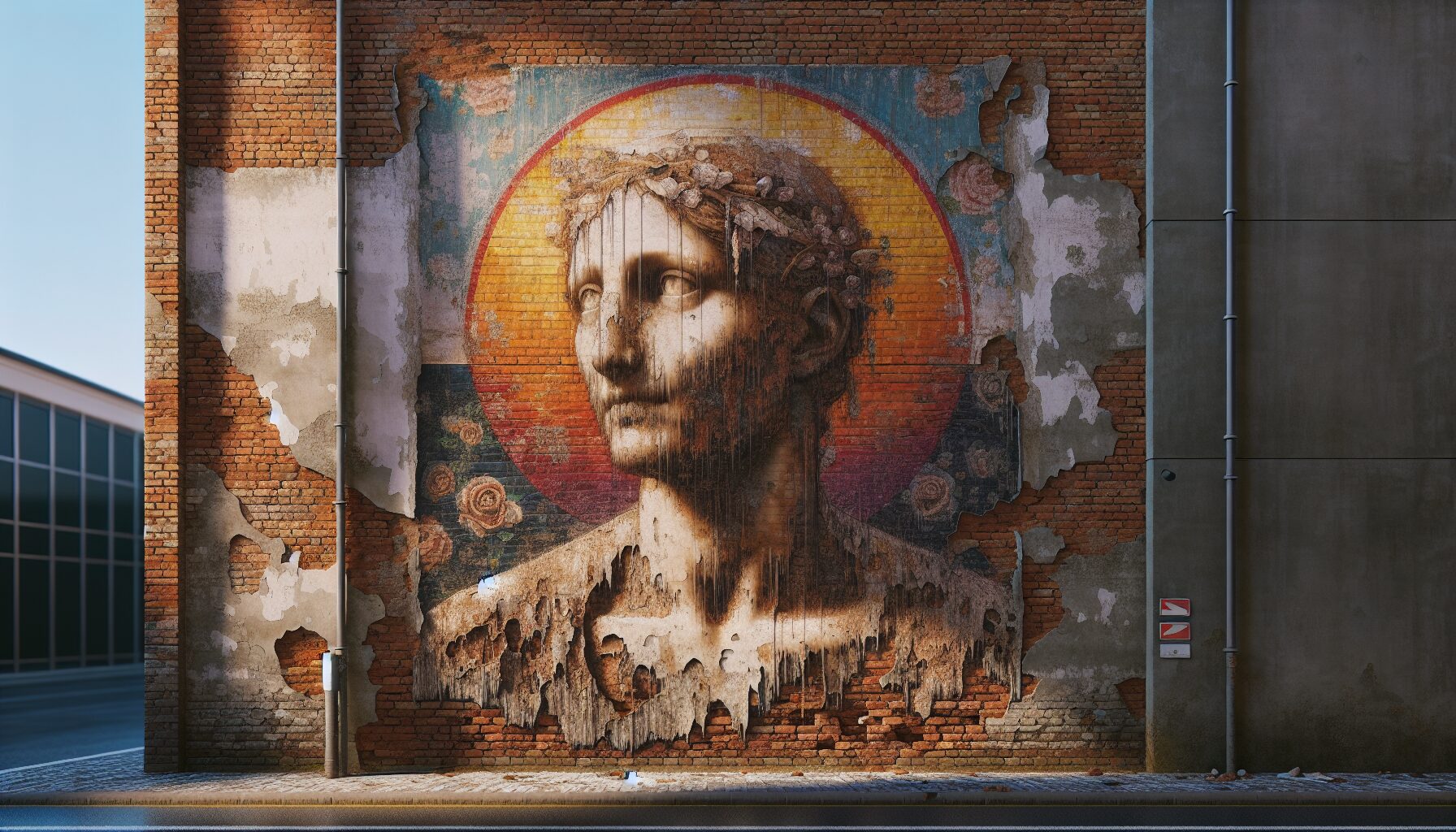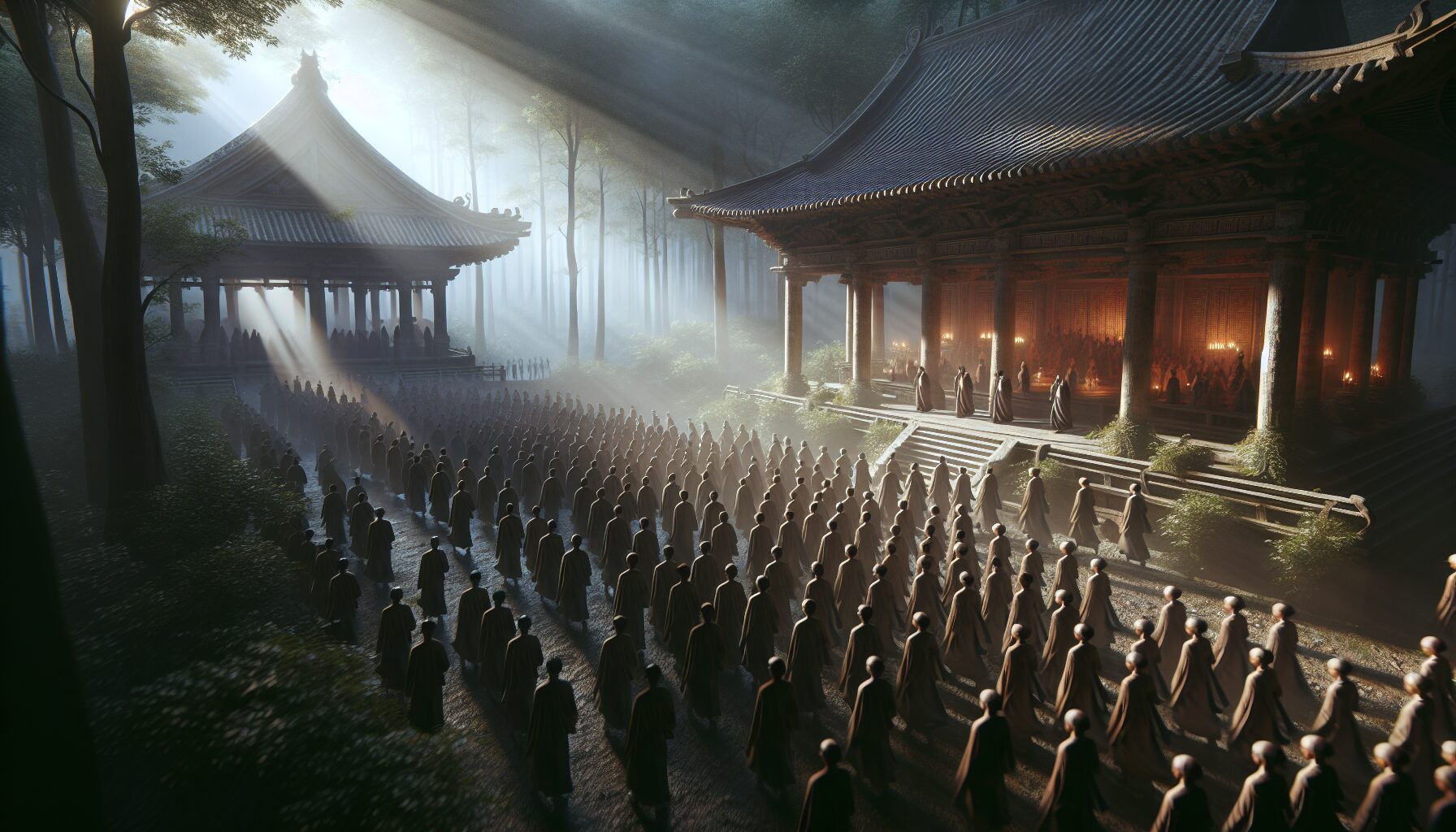Ashes in the Attic: Micro-Essays on Memory
The human memory is as fragile as it is powerful, often acting as both a treasure trove and a receptacle for forgotten relics. In “Ashes in the Attic: Micro-Essays on Memory,” we explore the intricate dance between remembrance and oblivion through a series of micro-essays that delve into personal anecdotes, scientific insights, and philosophical musings.
The Shadow of Recollection
“Memory is the treasury and guardian of all things.” – Cicero
Memories often lie hidden like shadows beneath our consciousness, waiting for a beam of light to bring them to life. The attic of our minds is filled with dusty boxes labeled with half-forgotten tales and deeply etched experiences. Yet, it’s the shadows themselves that often tell the most vivid stories, revealing truths we hadn’t considered when they first appeared.
Psychological Perspectives
According to psychologists, memory is not a single, static entity, but a complex process involving several different systems and mechanisms. The American Psychological Association suggests this complexity means our memories are not always as reliable as we might think.
- Short-Term Memory: The ability to hold information in our minds for a brief period.
- Long-Term Memory: The storage system where information is kept for extended periods.
- Episodic Memory: Personal experiences and specific events, including contextual details.
- Semantic Memory: General world knowledge that we have accumulated throughout our lives.
The Art of Forgetting
“The act of forgetting is one that can heal, but it can also hinder.” – Anonymous
Forgetting is often portrayed as a thief in the night, but it can also be a quiet healer. While we may mourn the loss of certain memories, the act of letting go can provide relief and space for new experiences. As research published in Nature suggests, forgetting plays an essential role in our ability to maintain a healthy mind.
Memory as a Narrative
Our memories craft the narratives of our lives, shaping our identities and providing continuity to our stories. As philosopher John Locke proposed, our sense of self is intrinsically linked to the memories we carry. The stories we tell ourselves about who we are often hinge on the selective reconstruction of past experiences, illustrating how memory is not just recording but storytelling as well.
Technology’s Impact on Memory
In an age where digital devices augment our natural capacity for memory, the question arises: Do we still rely on the dusty attics of our minds, or are we outsourcing our memories to technology? The Atlantic discusses how our dependence on devices to capture moments might alter the way we recollect them, potentially shifting the landscape of recalling from intrinsic to extrinsic storage.
The Fragile Beauty of Memory
Despite our best efforts to preserve it, memory is inherently fragile. The exquisite nature of reminiscence reminds us of the beauty in transience. When approached with a mix of reverence and acceptance, these “ashes in the attic” turn from clutter to cherished mementos of the life paths we have chosen and the lessons we have learned along the way.
Conclusion
Ultimately, “Ashes in the Attic: Micro-Essays on Memory” encourages us to embrace the inconsistent, sometimes fallible nature of memory. As we sift through the mental artifacts stored away in our attics, we learn to appreciate the significance and impermanence of each recollection, understanding that memory shapes us as much as we shape it.
